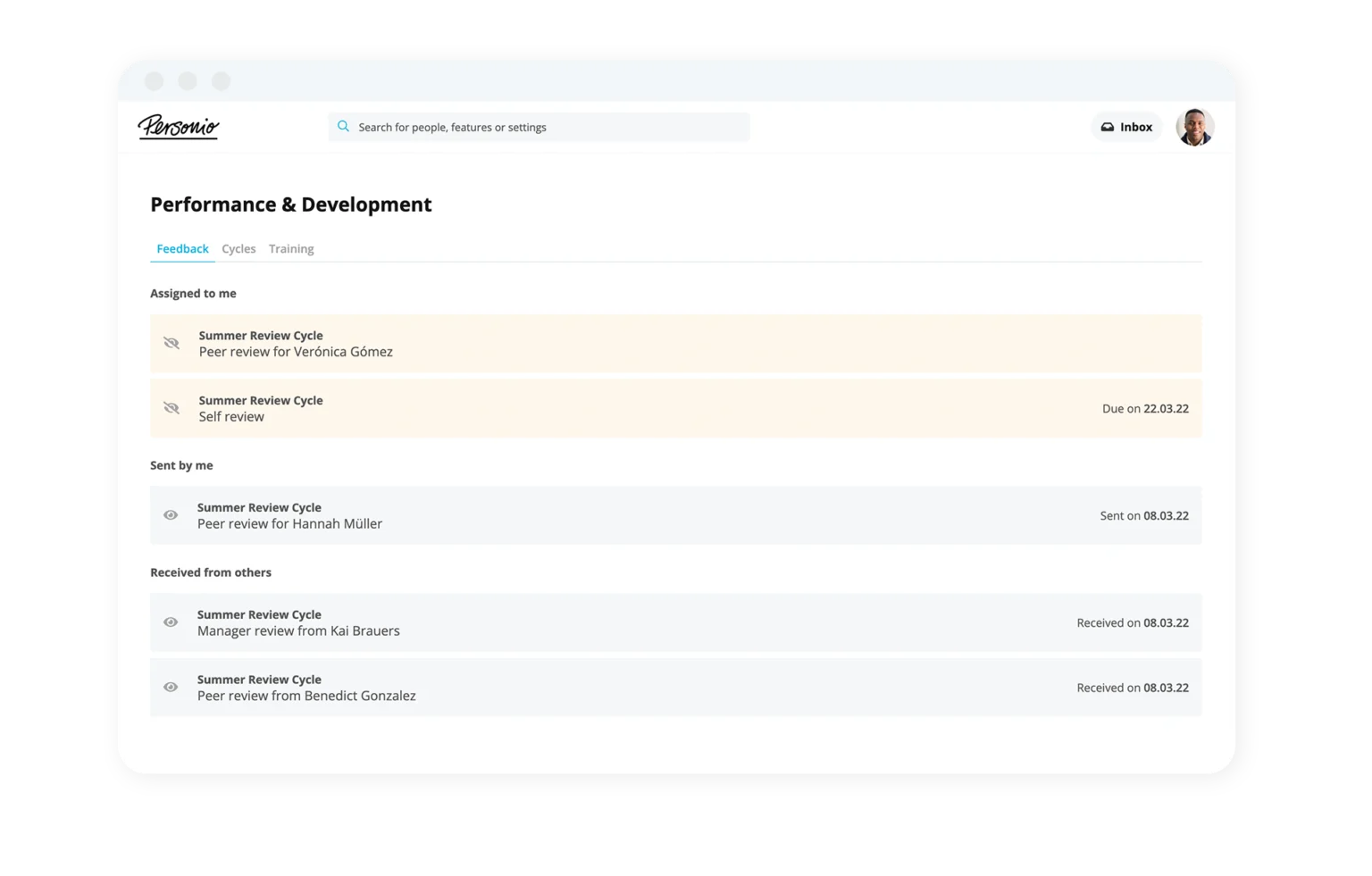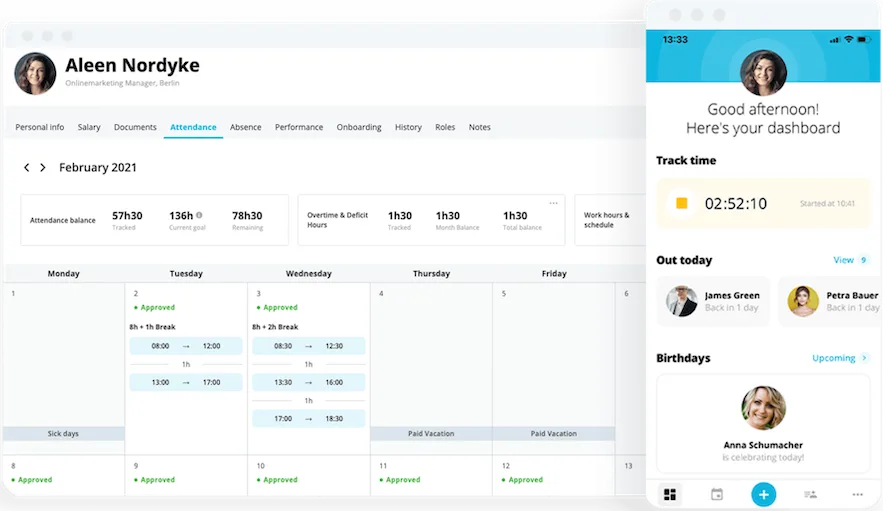
Performance Management Software
Simplify how you deliver your next performance review cycle.
Learn moreOn-Target Earnings: Definition & How OTE Works

In this article, we aim to help you understand on-target earnings (OTE). This guide explains this type of salary structure and the different types of OTE available, alongside some relevant examples and how to calculate it.
Key Facts
OTE is the projected salary of how much someone can make when they receive commission as part of their pay structure.
An OTE salary can be capped or uncapped, depending on the organisation and employer.
You calculate the OTE salary by adding the base salary of the position to the annual commission earned.
What Is OTE?
OTE stands for on-target earnings or on-track earnings. It’s the maximum annual salary that an employee can earn when sales and commission are a part of their compensation. An employee may not earn their whole OTE if they don’t meet their sales quota. This figure does not include bonus schemes and other forms of compensation, like relocation benefits.
How Do You Calculate OTE?
Calculating OTE involves adding base salary to the maximum annual commission earned when an employee meets their quota.
For example, if someone’s base salary is £34,000 and their on-target commission is £6,000, then their OTE is £40,000. In the UK, on average, 85 per cent of total salary is base salary while 15 per cent is bonus commission. Together, those two numbers equal OTE.
Capped vs. Uncapped OTE
The difference between capped and uncapped OTE is as follows:
Capped OTE
For capped OTE, there is a limit on the amount of commission the employee can earn. This method is ideal for calculating and setting department budgets.
Uncapped OTE
For uncapped OTE, employees can go beyond their projected OTE and earn more money. This incentivises high performers to more sales, striving for their personal best.
Examples of Positions with OTE Compensation
Below are the three most common positions in the UK that include OTE salaries…
Field Sales Representative
A Field Sales Representative is an entry-level sales position, so a job advert might have a base salary of around £18,000 with a competitive OTE of £38,000. This means that if they meet their commission quota for the year, they can earn an additional £20,000, which is higher than the average 15 per cent that is common in the UK. A role like this might entice applicants by stating that the commission is uncapped.
Sales Manager
A Sales Manager position can offer a higher base salary between £45,000 and £70,000 or more, with an annual commission of £30,000. The final OTE calculation is influenced by the position and the role’s responsibilities.
Sales Director
A Sales Director has more leadership capabilities and often one of the higher base salaries. Depending on the organisation, it can range from £90,000 to £160,000. And as an additional incentive, they might offer an OTE salary of £200,000, adding a yearly commission of £40,000 — if it’s closer to the higher end of that base salary range.
Frequently Asked Questions About On-target Earnings
What Is OTE Salary?
OTE salary stands for on-track earnings or on-target earnings. It’s the total salary that includes an employee’s base pay and sales commission.
How Do You Calculate OTE?
You determine OTE by adding an employee’s base salary to their full annual commission.
Understanding OTE and Other Payment Types
OTE salary is the potential salary someone can earn if they have a commission. It’s one of the many salary types in the payroll process. Book a free demo to see how Personio can help you manage all of your HR work from one place.

